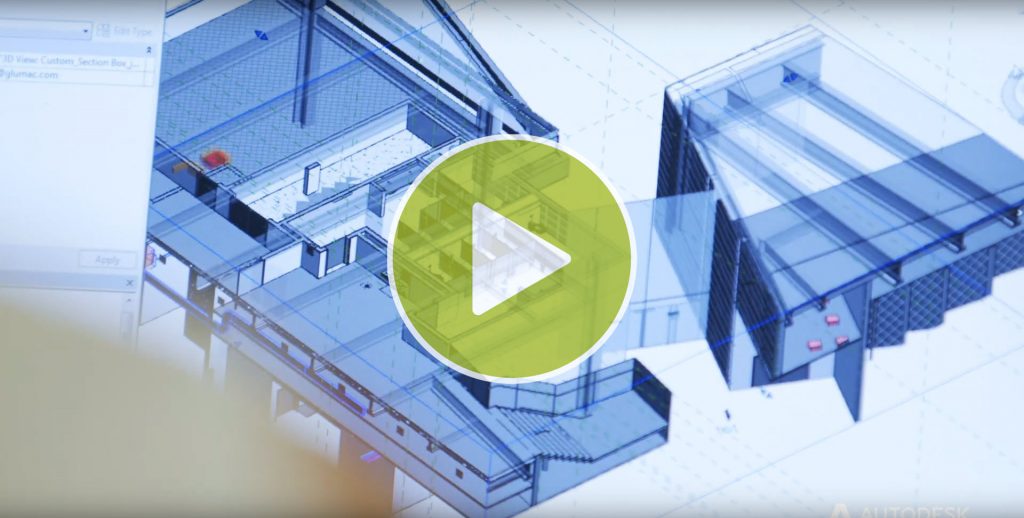The recent pandemic caused many businesses to scramble to find ways to maintain productivity as stay-at-home orders from local and state governments all but cut-off traditional office spaces. At Glumac, we were fortunate to have practices and tools already in place that have enabled us to work without the need for developing new or untested procedures. This allowed our teams could continue to do what they do best without having to wait for new systems or tools to be available.
Whether its an abrupt change due to a public health crisis, or in an eased transition to remote work, there are a few things you’ll need to have in place to be successful: Existing expertise in cloud-based software; secure access; and an abundance of training. Here’s a look at what Glumac’s remote work transition looked like, and why it worked.
Leaning on Existing Expertise
This new working condition has given us the opportunity to hone our skills in various design collaboration tools. Many of our projects were already hosted on Autodesk BIM360. All of our users have access to this platform and other Autodesk tools, allowing us to scale usage with little downtime. The BIM360 platform allows us seamlessly connect teams in different locations – be it working across the city or the country – while working on the same models and files. Our work using this platform on the design of the State of California’s new Department of General Service’s building in Sacramento was recently profiled by Autodesk and demonstrates what can be achieved through this enhanced level of collaboration. Time spent in design becomes more efficient, with all parties collaborating in real time, mitigating rework and allowing for more focused time on innovation.
You can learn more about our net zero energy design work for the State of California by reading about our recent work on Sacramento’s Clifford L. Allenby Building
Because much of our staff were already well versed in the improved workflows allowed by BIM360, several potential initial pitfalls were avoided. Instead of having to spend time transitioning a large number of projects to the cloud, we were able to simply continue working, while increasing the number of projects in which we utilize BIM360. In fact, before our remote-work transition, Glumac was conducting 70% of our projects in BIM360. In the two months since, that number has increased to 90%.

Secure Access
Our teams across the West Coast and Texas transitioned to a work-from-home operation essentially overnight. This abrupt but crucial transition was only possible because of the secure access measures already in place for staff. Secure VPN access to company servers and VDI virtual workstations on our network utilized by many groups and projects. Our IT infrastructure had already been set up with the ability for 100% of our US staff to have secure remote access to company servers to continue working on projects.
These systems survived the pandemic’s initial stress test, allowing us to protect the health of our workers and our company. Although, while we had collaboration practices and tools already in place, that doesn’t mean that evolving situations didn’t bring some changes. We have had to do things like monitor network bandwidth usage. Our IT department has been working to ensure users are continuously able to access services and that our infrastructure can adapt to the increased remote demand.
Training
Regardless of the speed of the transition to remote work, and the adeptness of your staff, training is necessary. Multiple training webinars have been held on tips and tricks for successful remote working and for taking advantage of collaboration features of Microsoft Teams and other applications. Our already extensive library of in-house training videos has now been made available to our staff via YouTube with some direct links inside of our Revit Tools, so users have even more ways to learn and increase their productivity while outside of the office. Glumac remains committed to innovate and looks for ways to improve our processes so that our engineering solutions and our ability to meet client needs continues to be as dynamic as the challenges that confront us.

